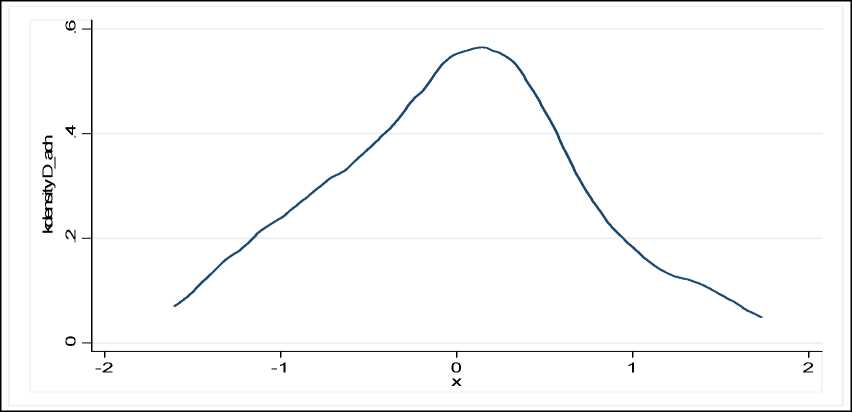Figure 3. Kernel density of change in student achievement

Correct specification of the time structure of the model will prove essential. In our theoretical
model, it is assumed that it is the welfare state arrangements in the future that affect students’
investment decisions made today. We argue that the contemporaneous societal situation may
be the best proxy for students’ expectations. On the other hand, educational production is
cumulative such that expectations of students and parents at earlier grades in the past may be
important for observed achievement today at the age of 13-15 years. To some extent this is
taken into account by the fixed effects approach because identification is based on within-
country changes, but we will also investigate this issue by using five-years moving averages
in the independent variables in some model specifications.
Our focal determinant in this analysis, the welfare state git, is made operational in three ways:
Firstly, we employ general government consumption spending (in percentage of GDP),
obtained from the WDI (2007) database of the World Bank, a widely used measure of
government involvement in the economy that has been employed in various cross-country
growth studies (Folster and Henrekson, 2001, Agell et al., 2006) and happiness studies
(Bj0rnskov, Dreher, and Fischer, 2007 and 2008). Government consumption excludes
financial transfer arrangements of the welfare state, but includes the production of services
and public goods that is in the responsibility of the government and mostly financed by taxes.
Given that most public goods are financed through progressive tax systems, they entail a
strong consumption redistribution aspect, equalizing feasible consumption levels for
heterogeneous incomes. Following the traditional public finance literature, we will refer to
this measure as ‘government size’. However, conditioning the model on GDP and population
size, measuring the number of users and beneficiaries of public goods’ creation, implies that
the effect of per capita government consumption spending (government size) can be
interpreted as the effect of welfare state generosity towards the general population.
11
More intriguing information
1. Trade Openness and Volatility2. The Role of State Trading Enterprises and Their Impact on Agricultural Development and Economic Growth in Developing Countries
3. On Social and Market Sanctions in Deterring non Compliance in Pollution Standards
4. Private tutoring at transition points in the English education system: its nature, extent and purpose
5. The demand for urban transport: An application of discrete choice model for Cadiz
6. Beyond Networks? A brief response to ‘Which networks matter in education governance?’
7. Orientation discrimination in WS 2
8. The name is absent
9. Accurate and robust image superresolution by neural processing of local image representations
10. The name is absent